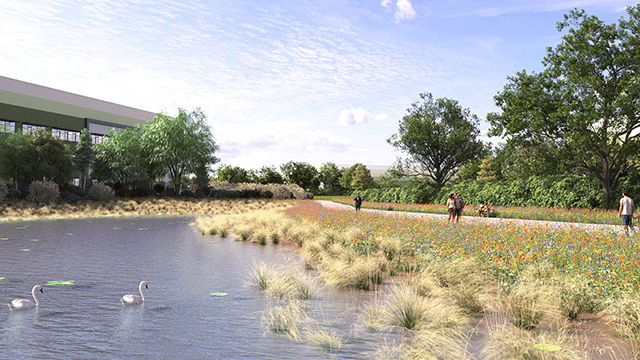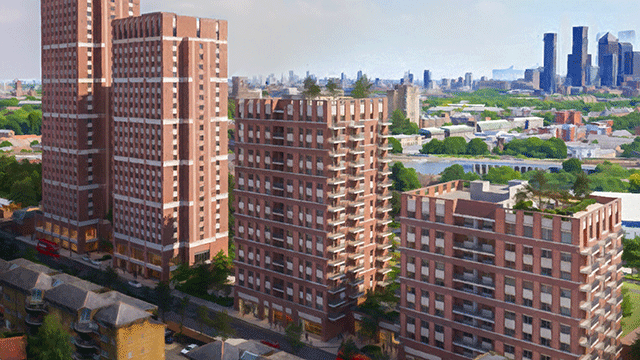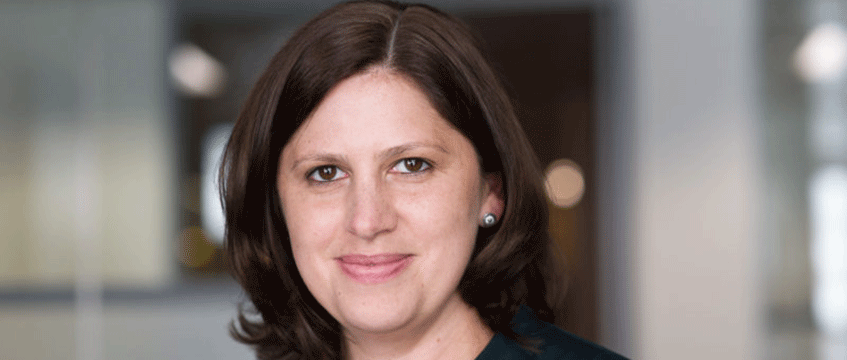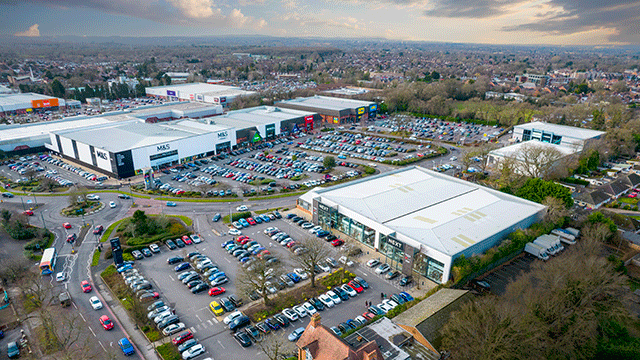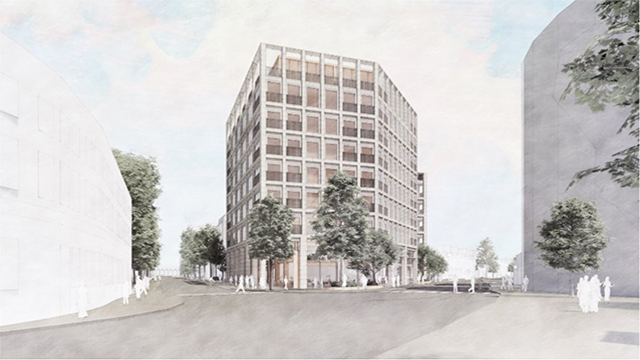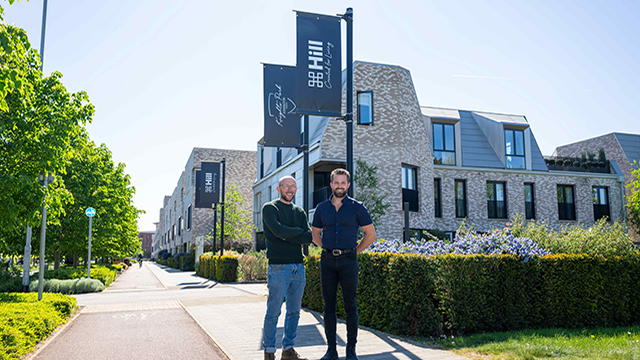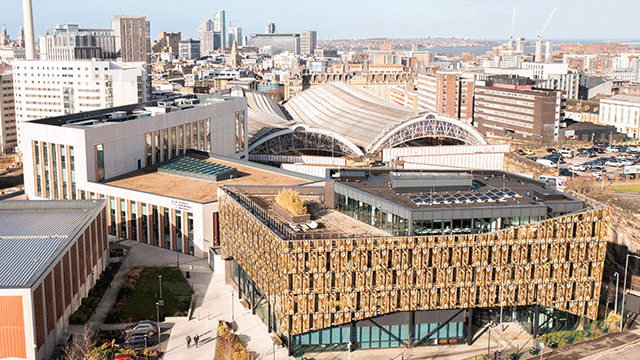COMMENT At a seminar some 15 years ago outlining the benefits of “green leases”, I felt buoyed by the idea that lawyers could work with their clients to draft lease obligations fit for society’s needs. The overriding principle of green leases is that they contain provisions that impose obligations on the parties to manage and reduce the environmental impact of a property.
Over the years, interest in using them has been sporadic. There was a flurry of activity focused more on Carbon Reduction Commitments. CRCs were scrapped in 2019 and since then leases have trickled through with references to “environmental schemes” and the requirement for a tenant to cooperate with their landlord in relation to these. The law has been slow to evolve and linking energy performance drafting in leases to legislation tends to focus on the Energy Performance of the Buildings (England and Wales) Regulations 2012 and Energy Performance Certificates. Drafting is not stepping up to place obligations on parties, which, when put into practice, can make a real difference to managing property in a socially and environmentally responsible way.
Industry ambition
Early this year, the Better Buildings Partnership published its updated Green Lease Toolkit. Supported by more than 30 organisations, it reflects the industry’s increased ambition to accelerate a just transition. The built environment contributes to approximately 25% of the UK’s carbon footprint, affecting emissions throughout the life cycle of a building. Accountability for these emissions lies with the owners but also the occupiers.
Green leases provide a legal base to embed environmental obligations on each party. For landlords and tenants to work collaboratively in a way which focuses on climate risk and long-term sustainability, there need to be landlord obligations which go further than the minimum, and where tenants can budget for the costs arising from such practices.
Typical green leases include obligations relating to the consumption of energy, water and waste management. Most green leases have data-sharing provisions relying on collaboration between the parties to collate data on the energy performance of the building, and what to do with that information to improve the performance of the building. When a building’s energy performance is improved, it should run more efficiently which will play a role in reducing climate risks and, over time, reduce energy consumption costs – surely a win-win for landlord, tenant and society?
Extra mile
Going beyond the energy performance of a building, small tweaks to a standard alterations clause in a commercial lease can refer to the requirement to use predominantly sustainable building materials. Yielding-up obligations should not operate as a blanket requirement for tenants to strip out alterations and reinstate, often resulting in materials going to landfill and a new tenant taking over the premises and carrying out similar fit-out modifications.
These are just a few examples of how to “green up” a lease. The key is for provisions to be logical and enforceable to ensure actual implementation. Parties may choose to start their green lease journey by including such provisions as an addendum to a lease which can be updated as the legal framework changes.
Incorporating environmentally responsible drafting can take a light-touch approach (sometimes known as a light green lease) through to a “dark green lease”. As the Law Society comments, light green clauses tend not to be legally binding and might, for example, only extend to improving energy efficiency, the provisions often sitting outside of the lease in a memorandum of understanding or side letter. The other end of the spectrum is to draft “dark green” clauses where they are legally binding and require a more significant level of commitment.
Negotiation is key to success
The key is for an open dialogue between the parties at the start of a transaction to agree on incorporating environmentally responsible obligations. We have had success in drafting clauses at either end of the green spectrum for our clients and sometimes a mixture of both, for example, where a client is sustainability focused as its core business they were happy to commit to the use of sustainable materials and equally wanted the landlord’s commitment not to require a complete strip-out at the end of the term.
Green leases might be parked in the “not right now” category when parties are negotiating and property professionals under pressure to maximise occupancy rates can be forgiven for thinking a green lease is not essential. However, with increased discussion around managing property in an environmentally responsible way, it can be argued that working on the basis of a green lease is now essential. Reaping the rewards of improving environmental performance requires clear obligations from the outset – exactly the framework a green lease provides. Whether practice embraces the inclusion of green clauses in a meaningful way remains to be seen but surely now is the time for us all to get on board and make this the norm?
Karli Hiscock is a partner at Bates Wells




